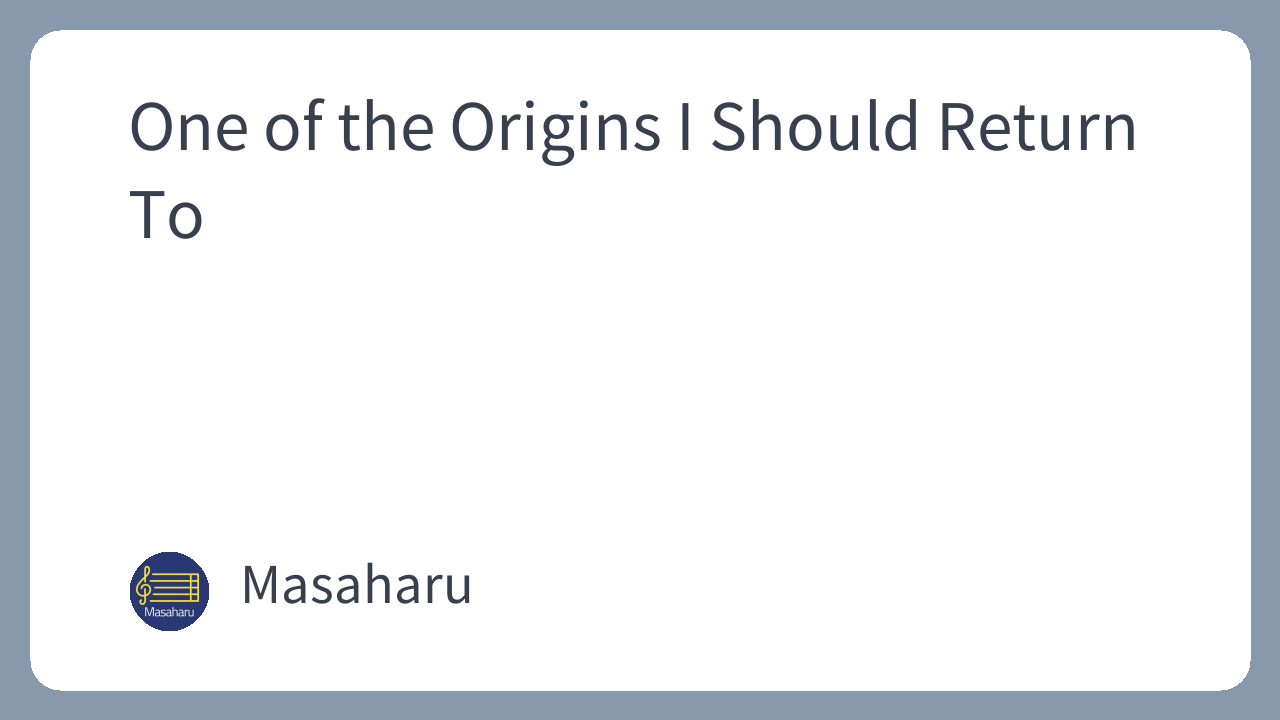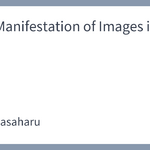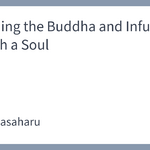(Originally posted on April 26, 2007)
One of my favorite childhood pastimes was playing with LEGO bricks. This time, I’d like to reflect a bit on those moments.
Occasionally, I would play with friends who shared my interests, but most of the time, I built quietly by myself.
“I’ll make a house.” “Let’s try a train station.” “This could be a spaceship.” I would loosely imagine a framework like that and then begin fitting the pieces together.
What fascinated me was how the creation in my hands would begin to evolve—growing into something beyond what I had initially imagined. The more I became immersed in the process, the more I felt a sense of unity with what I was building.
There were moments when something would take shape that I could never have visualized just in my head. That was the kind of moment that brought me immense satisfaction.
From imagination to creation to reality—a leap in perception. I think it was whether I experienced that sense of excitement and transformation that determined the true value of playing with those bricks.
That’s why, when someone asked me mid-process, “What are you building?” I never had a clear answer. In fact, those questions made me feel strangely embarrassed and unsure.
It was because I myself didn’t yet know what I was making. The only clear thing was the desire to give form to something unseen—to shape it with my own hands and see what it might become.
Now I realize that I probably felt embarrassed because I was being observed in a deeply personal moment—engaging with raw, instinctive desires and unfiltered creativity.
Among all the things I made, one of the most vivid in my memory is a “ship,” or perhaps more accurately, a “man-made island.”
It didn’t look anything like a streamlined vessel meant to move through water. It was more like a floating island, and later, I often ended up just building islands—though for some reason, they always moved.
In these creations, there was a clear boundary between the sea (as the external) and the island (as the internal). I would imagine the layout of the island and its structures as I built, and eventually even imagined land reclamation expanding the island’s territory.
Interestingly, in this case, the “outside” wasn’t like the painted background in Western art, but closer to the empty spaces—“ma” or “void”—often seen in Japanese painting.
In other words, the sea wasn’t a contextual environment for the island, but rather a symbol of complete nothingness. The island stood as a self-contained abstraction in and of itself.
This island would continue to grow and transform, unaffected by any external conditions, developing its own unique form.
There was rarely a fixed structure from the beginning. At most, I’d loosely imagine “there’s probably a harbor somewhere.”
Sometimes the shape of the island would change depending on what “felt right” at the time, or I’d find myself saying things like “what if I filled this corner with high-rises?”—aware of the distance between this make-believe world and everyday logic. The island, isolated from external influence, would keep evolving as if it were self-replicating through my hands.
Writing this out, I realize how similar this feels to the way I compose music—through the interplay between sound and imagination, letting the form of the piece emerge organically.
This is completely different from composing with a clearly defined end result in mind, or from slotting musical material into a pre-set format like Intro–Verse–Chorus.
Instead, I explore the material itself, and the form that emerges is what feels right for that material—what listeners might interpret as “form.” It feels like a chicken-and-egg situation.
(Maybe this shouldn’t be understood through the traditional lens of “musical form as a listening framework,” but rather as something closer to the generation of gestalt. Something to rethink.)
When composing, if I forget that form doesn’t preexist the piece, I tend to treat form as a mold. I’ve composed many pieces that fell into that pattern.
And just as I felt unsatisfied when my LEGO creations turned out to be poor imitations of existing things, I feel the same kind of dissatisfaction when a musical form feels like a mere template.
What I want is to stay in close dialogue with the piece in front of me—to sense intuitively where it wants to grow, and shape its form from there.
In that sense, I think I’ve rediscovered something close to what the phrase “returning to your roots” might truly mean for me.


